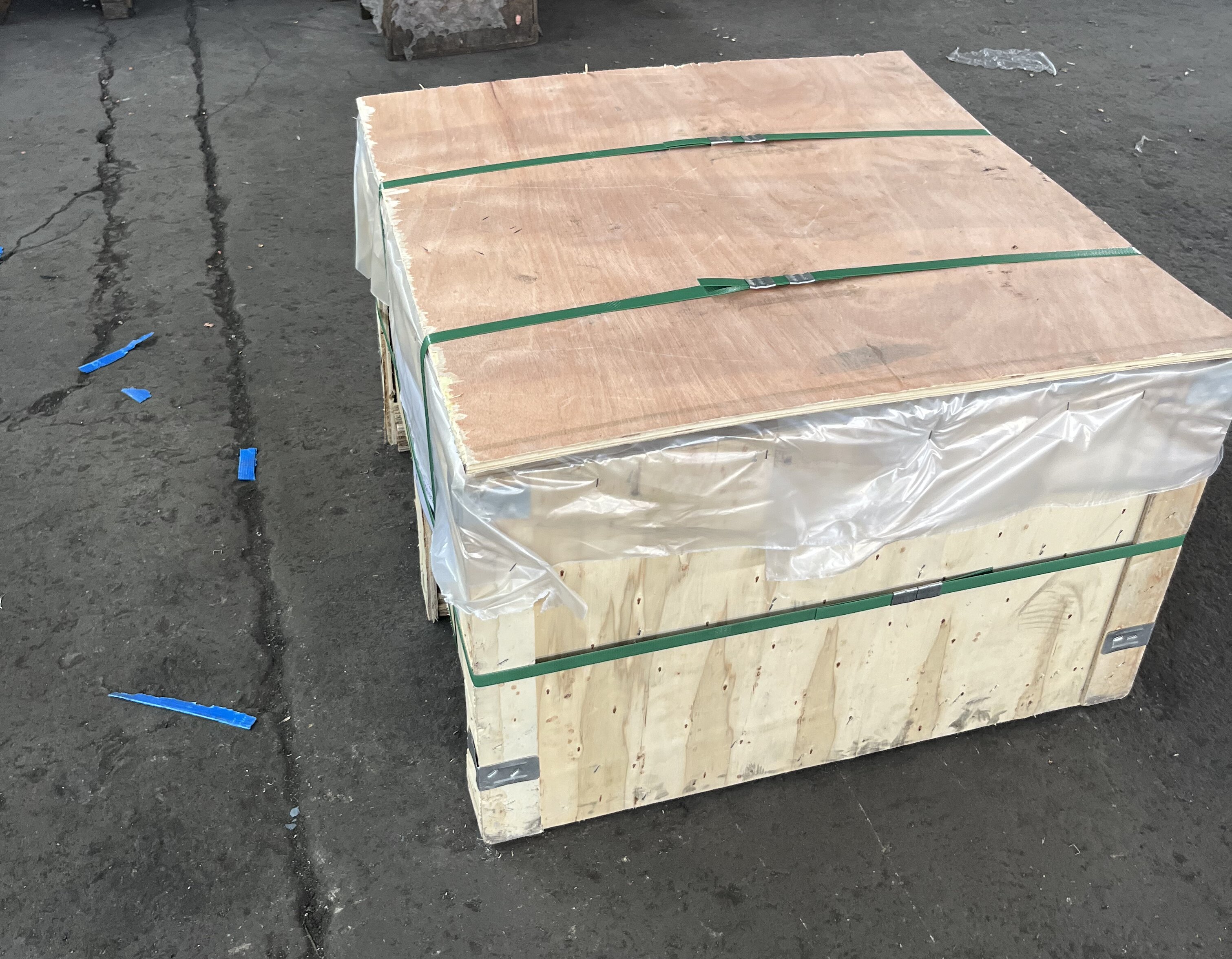-
Cangzhou Yulong Steel Co., Ltd.
-
Phone:
+86 13303177267 -
Email:
admin@ylsteelfittings.com
- English
- Arabic
- Italian
- Spanish
- Portuguese
- German
- kazakh
- Persian
- Greek
- French
- Russian
- Polish
- Thai
- Indonesian
- Vietnamese
- Zulu
- Korean
- Uzbek
- Hindi
- Serbian
- Malay
- Ukrainian
- Gujarati
- Haitian Creole
- hausa
- hawaiian
- Hebrew
- Miao
- Hungarian
- Icelandic
- igbo
- irish
- Japanese
- Javanese
- Kannada
- Khmer
- Rwandese
- Afrikaans
- Albanian
- Amharic
- Armenian
- Azerbaijani
- Basque
- Belarusian
- Bengali
- Bosnian
- Bulgarian
- Catalan
- Cebuano
- China
- China (Taiwan)
- Corsican
- Croatian
- Czech
- Danish
- Esperanto
- Estonian
- Finnish
- Frisian
- Galician
- Georgian
- Kurdish
- Kyrgyz
- Lao
- Latin
- Latvian
- Lithuanian
- Luxembourgish
- Macedonian
- Malgashi
- Malayalam
- Maltese
- Maori
- Marathi
- Mongolian
- Myanmar
- Nepali
- Norwegian
- Norwegian
- Occitan
- Pashto
- Dutch
- Punjabi
- Romanian
- Samoan
- Scottish Gaelic
- Sesotho
- Shona
- Sindhi
- Sinhala
- Slovak
- Slovenian
- Somali
- Sundanese
- Swahili
- Swedish
- Tagalog
- Tajik
- Tamil
- Tatar
- Telugu
- Turkish
- Turkmen
- Urdu
- Uighur
- Welsh
- Bantu
- Yiddish
- Yoruba

Dec . 04, 2024 18:23 Back to list
blind flange flat face
Understanding Blind Flanges with Flat Faces Essential Insights
In the world of piping and plumbing engineering, flanges play a crucial role in ensuring the efficiency and safety of various systems. Among the numerous types of flanges, the blind flange with a flat face stands out for its unique design and practical applications. This article will delve into the characteristics, uses, benefits, and installation of blind flanges, particularly those featuring a flat face.
What is a Blind Flange?
A blind flange is a non-perforated flange that is used to seal off the end of a piping system or a vessel. Unlike regular flanges, which connect two pipes and allow the flow of substances, blind flanges are designed to close off openings. They come in various types and shapes, but the flat face version is particularly significant within many industrial applications.
Characteristics of Flat Face Blind Flanges
Flat face blind flanges are characterized by their smooth, level surface, which allows them to create a tight seal against the corresponding surface of the connected component. This is crucial for preventing leaks and maintaining pressure within a system.
1. Material These flanges are commonly made from materials such as carbon steel, stainless steel, and other alloys, which ensures durability and resistance to corrosion. 2. Design The flat face design is engineered to distribute stress evenly, which reduces the risk of damage caused by uneven pressure distribution. This characteristic makes them ideal for low-pressure piping systems. 3. Standards Blind flanges with flat faces adhere to various industry standards, such as ANSI, ASME, and ASTM, ensuring their compatibility with other components in a piping system.
Applications
Flat face blind flanges are widely used in various industries, including oil and gas, water treatment, power generation, and chemical processing
. Their primary applications includeblind flange flat face

- Sealing Ends of Piping Systems They are often employed to close off the ends of pipes that are not in use or to facilitate maintenance by isolating sections of piping. - Pressure Vessels Used in pressure vessels to maintain integrity and prevent the escape of gases or liquids. - Inspection and Maintenance Points They serve as access points for inspection and maintenance, allowing for temporary disconnection or access without dismantling the entire system.
Benefits of Using Flat Face Blind Flanges
The use of flat face blind flanges comes with several advantages
1. Ease of Installation The flat surface design facilitates straightforward installation, reducing the time and labor costs associated with fitting. 2. Versatile Compatibility Their compatibility with both flat face and raised face flanges allows for flexibility in a wide range of applications. 3. Prevention of Leakage The design ensures a tight seal, minimizing the risk of leaks and enhancing the safety of the system. 4. Cost-Effectiveness By allowing easy access for maintenance and inspection, flat face blind flanges can ultimately lead to significant cost savings over time.
Installation Considerations
When installing flat face blind flanges, several considerations should be kept in mind to ensure optimal performance
- Surface Compatibility Ensure that the surfaces being sealed are clean and smooth to facilitate a proper seal. - Gaskets Appropriate gaskets should be used to enhance the sealing capabilities and prevent leaks. - Torque Specifications Adhere to manufacturer torque specifications during installation to prevent over-tightening or under-tightening, which can lead to failure.
Conclusion
Flat face blind flanges are an essential component in various piping systems, providing a reliable means of sealing and maintaining pressure. Their unique characteristics, ease of installation, and versatility make them invaluable in numerous industries. Understanding the importance and functionality of these flanges can significantly enhance operational efficiencies and safety in piping applications. As industries continue to evolve, the role of blind flanges with flat faces remains a cornerstone of effective engineering solutions.
Latest news
-
ANSI 150P SS304 SO FLANGE
NewsFeb.14,2025
-
ASTM A333GR6 STEEL PIPE
NewsJan.20,2025
-
ANSI B16.5 WELDING NECK FLANGE
NewsJan.15,2026
-
ANSI B16.5 SLIP-ON FLANGE
NewsApr.19,2024
-
SABS 1123 FLANGE
NewsJan.15,2025
-
DIN86044 PLATE FLANGE
NewsApr.19,2024
-
DIN2527 BLIND FLANGE
NewsApr.12,2024
-
JIS B2311 Butt-Welding Fittings LR/SR 45°/90° /180°Seamless/Weld
NewsApr.23,2024











